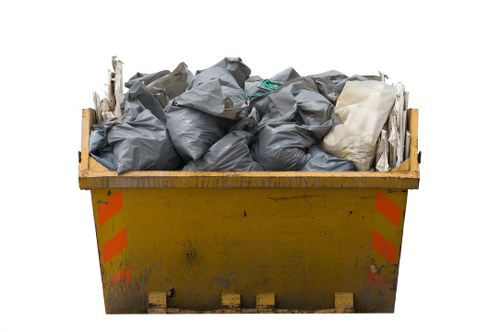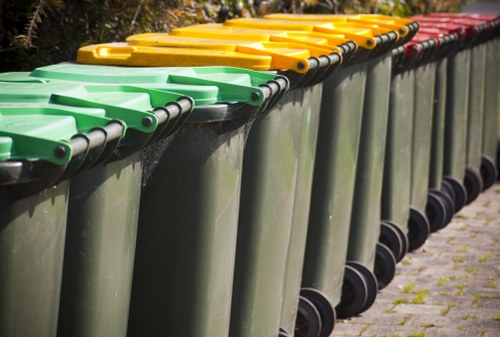Effective Waste Disposal in Neasden: A Comprehensive Guide

Waste disposal is a critical aspect of maintaining a clean and healthy environment in Neasden. Proper waste management not only helps in reducing pollution but also ensures that the community remains safe and aesthetically pleasing. In this article, we will explore the various aspects of waste disposal in Neasden, including methods, facilities, and the importance of community involvement.
Neasden, located in the north-western part of London, has seen significant growth over the years. With this growth comes the challenge of managing the increasing amount of waste generated by its residents and businesses. Effective waste disposal strategies are essential to address these challenges and promote sustainability.
Understanding the waste disposal system in Neasden involves looking at the different types of waste, collection methods, recycling programs, and the role of local authorities in ensuring that waste is managed efficiently and responsibly.
Types of Waste in Neasden

Waste in Neasden can be categorized into several types, each requiring different disposal methods. The main types include:
- Household Waste: This includes everyday items discarded by residents, such as food scraps, packaging, and non-recyclable materials.
- Recyclable Waste: Materials like paper, glass, metal, and certain plastics that can be processed and reused.
- Hazardous Waste: Items that are dangerous to human health or the environment, such as batteries, chemicals, and electronic waste.
- Construction and Demolition Waste: Debris generated from building and renovation projects.
- Green Waste: Organic waste like garden clippings and plant matter.
Proper segregation of these waste types is crucial for effective disposal and recycling. Neasden emphasizes the importance of separating waste at the source to facilitate easier processing and reduce the burden on landfills.
Residents are encouraged to follow local guidelines on waste segregation to ensure that recyclable materials are not contaminated and can be efficiently processed.
Waste Collection Methods

Neasden employs a variety of waste collection methods to accommodate the diverse needs of its population.
The primary collection methods include:
- Curbside Collection: Regular pickup of household waste and recyclables directly from residents' homes on scheduled days.
- Recycling Centers: Designated facilities where residents can drop off recyclable materials that are not collected through curbside services.
- Bulk Waste Collection: Special collection services for large items such as furniture and appliances that cannot be handled through regular pickups.
- Hazardous Waste Disposal: Scheduled collection events or drop-off points for safely disposing of hazardous materials.
- Composting Services: Programs that convert organic waste into compost for use in gardening and landscaping.
These collection methods are designed to be convenient and efficient, ensuring that waste is managed properly without causing inconvenience to residents.
Residents are advised to adhere to collection schedules and follow guidelines on waste sorting to enhance the effectiveness of these services.